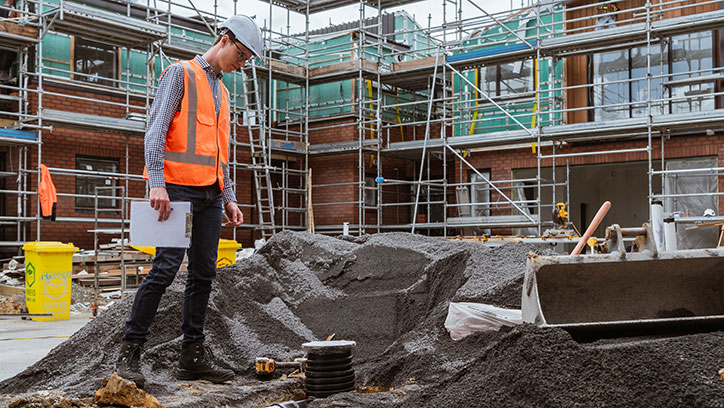Builds and problems that may occur
Last updated: 19 December 2023

If you have concerns about a building project, raise them with the building contractor or tradesperson as quickly as possible.
Buildings and building work are not like other goods and services (such as appliances) because:
- the condition of a damaged building can deteriorate over time and this can lead to escalating repair costs
- some types of damage can give rise to health or safety risks
- litigation and disputes are more likely the longer a matter (relating to defective building work) is left unaddressed.
Early detection and repair of defective building work is critically important to avoid damage to non-defective parts of the property. There is now a 12-month defect repair period in addition to implied warranties to:
- motivate building contractors to “build it right first time”
- give consumers a strong incentive to identify any problems, and alert the building contractor, without delay.
At the same time, consumers should be getting more information at the end of a build about what maintenance they need to carry out.
It’s important you try to find a solution so any problem doesn’t escalate or compound (for example, delaying sub-contractors).
Typical build problems
Possible problems during a build be:
- delays, often caused by:
- weather or unforeseen events
- soil conditions
- unforeseen issues with an existing building
- the need to change plans or amend the building consent
- availability of resources or subcontractors
- domino effect (just one delayed order, contractor or sub-contractor can put everyone behind)
- drying time (for example, concrete or sealants)
- lack of an effective project manager (someone to keep everything happening, in the right order)
- illness or injury
- quality of workmanship (including incorrect measurements, specifications, etc)
- lack of detail or homeowner not understanding plans and specifications
- builder quoting on incomplete plans
- builder or tradesperson not doing something they were asked (keep a record of your requests and theirs)
- designer providing late information or changing plans (adding time, cost and potential delays)
- changes to contract or misunderstandings over the contract
- small problems ignored, handled too slowly or not handled well, potentially growing into disputes
- additional costs
- final costs arriving late (and contract price not fixed or guaranteed)
- plans changed without owner (or project manager) approval, throwing out timeframes, costs or building inspections
- failure to follow the plans or specifications
- building firm goes out of business.
If you’re the client, document any conversations or key dates – keep a build diary so you have something to refer back to (even if you’re already underway you can do this). Ask questions if you have them and learn about the building process.
Getting started includes information for homeowners, including stages of the process and some tips.
Your main contractor should keep you informed as the design or build work progresses. They should also let you know if anything needs to be done differently to the plans and what the implications will be to the time and cost of the project.
Ask your builder to talk or walk you through the build as it develops so you can understand how it is progressing. You can discuss the quality of the work at the same time.
It should be much easier (and more time and cost effective) to discuss any issues or the need to repair any defective work or products during the project. If you wait until the end of the project, your builder or tradesperson may have moved on to another project. You could also agree with them a date to return and resolve any problems.
How to identify defects includes our Guide to tolerances, materials and workmanship.
Implied warranties and defects is an overview of some consumer protection measures.
Completing your project includes information contractors need to give clients.
Complain about a building practitioner has information about various formal complaint procedures.
When contractors fail financially
If your main contractor or a sub-contractor goes broke (such as liquidation, receivership or bankruptcy) you could be out-of-pocket, with unresolved defects or an unfinished house.
If your contractor is a member of a trade group you may be able to pursue any guarantees or warranties they provide (for example, Certified Builders Association of New Zealand or Registered Master Builders). You should check what rights these warranties or guarantees establish in the case of insolvency before entering into the contract.
Depending on the type of business, you could become one of a number of unsecured creditors waiting for a portion of any payout (often receiving nothing, or only a small percentage of what you might be due, depending on the contractor’s assets). Pay attention to any information from liquidators or receivers and respond to any communication as you will need to apply to be included as a creditor.
You could use the Personal Property Securities Register administered by the Companies Office as part of assessing a debtor’s potential level of risk. You can search the Personal Property Securities Register before entering into a contractual relationship.
You can read more on the Personal Property Securities Register website, administered by the Companies Office.
You might be able to pursue the matter through the courts but you should seek legal advice first.